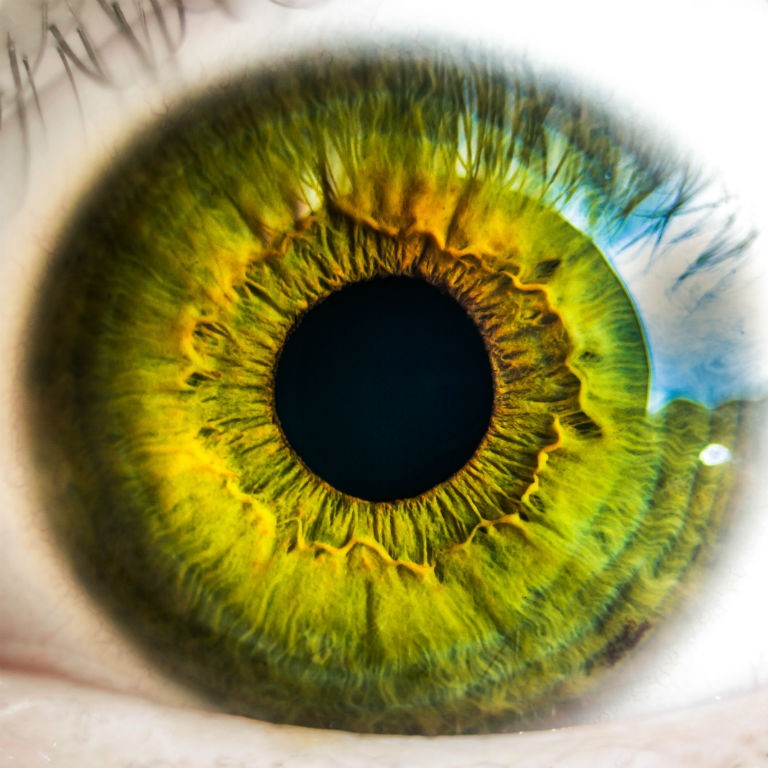Amir Molaei is a doctoral candidate in Mechanical Engineering. He holds an MSc degree in Mechatronics and a BSc in Mechanical Engineering both from K.N. Toosi University of Technology, Tehran, Iran. Amir's research is focused on the design, modelling and control of flexible robots to help surgeons operate inside the eye in a more precise and a less invasive way.
Blog post
Monitoring glaucoma, the 'silent thief of sight'

Glaucoma or the ‘silent thief of sight’ is the leading cause of irreversible blindness worldwide. The eye disease slowly damages the nerves within the retina, causing irreparable harm before there is any vision loss. According to the World Health Organization, glaucoma is the second leading cause of blindness in the world after cataracts. In 2013, 64.3 million people had glaucoma, and experts estimate that those numbers could rise as high as 111.8 million by 2040.
How does glaucoma affect your vision?
Many consider high intraocular pressure (IOP) to be the primary reason for glaucoma, which occurs when the eye drainage system does not function properly. When the intraocular fluid doesn't drain, it builds up inside the eye bulb and causes an increase in pressure. This high pressure damages the sensitive optic nerve at the retina.
Optic nerves are like electric cables carrying images to the brain. They cover the retina at the back of the eye — any damage they incur affects the images our brain perceives. Blind spots appear in the vision field because of glaucoma damage. The more damage, the larger the black spot, which eventually leads to complete blindness.
 A simulation of how glaucoma affects the vision field.
A simulation of how glaucoma affects the vision field.
Problems with monitoring glaucoma
Monitoring IOP is key for the diagnosis and treatment of glaucoma. The problem with measuring IOP is its dynamic nature. IOP fluctuates many times during a day and we cannot consider a single ‘snapshot’ as an exact estimate of IOP. Underestimating IOP values causes missed or delayed detection, which may affect the vision of the patient. Thus, continuously measuring IOP is crucial to detect fluctuations and to understand its role in glaucoma.
Miniaturized devices for continuous IOP monitoring
Micro Electro Mechanical System (MEMS) technology provides new opportunities for IOP monitoring and glaucoma diagnosis in its early stages. These new monitoring devices can be implanted inside the eye to measure the pressure directly or integrated in a contact lens. These two types of devicse are commercially available through Triggerfish for contact lens sensors and EYEMATE for intraocular implants.
 Left: Triggerfish contact lens sensor / Right: EYEMATE eye pressure implant | Photo courtesy of Fraunhofer IMS
Left: Triggerfish contact lens sensor / Right: EYEMATE eye pressure implant | Photo courtesy of Fraunhofer IMS
Upcoming devices for IOP measurement
One of the shortcomings of MEMS sensors for IOP measurement are their external power source and battery requirements. Because of these limitations, experts are investigating new technologies for developing passive devices without a power source. One newly developed sensor uses microfluidic technology that embeds a microchannel inside the eye. As the pressure inside the eye increases, the fluid in the microchannel moves and gives an IOP measurement.
 A microfluidic channel as an intraocular pressure sensor.
A microfluidic channel as an intraocular pressure sensor.
Perspective trends
The unique capabilities of microfluidic systems to manipulate small volumes of fluid — along with miniaturized MEMS fabrication methods — provide a reliable solution for a new generation of implants. Ongoing research in this field is in its infancy, but the advantages are promising. Soon, experts may be able to treat glaucoma by developing an implantable lens embedded with an artificial drainage system.
About the author


